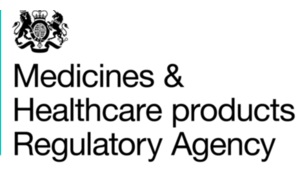6. Is it possible to have different intensity or focus of the oversight and monitoring activities?
Yes, it is quite appropriate for the monitoring to focus or have more detailed review (intensity) on different areas within a trial or in different trials. The following examples illustrate this:
- There may be a need to undertake 100% source data verification (SDV) of consent in a trial categorised as Type A (where the IMP is used as per normal clinical practice) involving vulnerable subjects or emergency research, but there may be no recording of IMP accountability beyond normal clinical practice resulting in limited or no monitoring of this aspect.
- Samples taken and processed for pharmacokinetic analysis, where this was the primary or an important trial objective, would need a more detailed review of the processing done to ensure that it had been done in accordance with the trial protocol/procedures to ensure their integrity compared with routine samples for haematology/biochemistry or for exploratory analysis, particularly if the routine or exploratory samples were taken as per the normal hospital practice.
- Unlicensed IMP in a trial categorised as Type C would need monitoring of the accountability in more detail than would be expected for IMP in a trial categorised as Type A, where the IMP is used as per normal clinical practice. Additionally, if the IMP needed to have refrigerated or frozen storage conditions this would potentially increase the monitoring focus, though still may not necessitate on-site visits. This could be the case for example if there had been a detailed assessment and approval of the facilities and regular provision of remote storage data to demonstrate compliance.
Version 1: 22 February 2013






